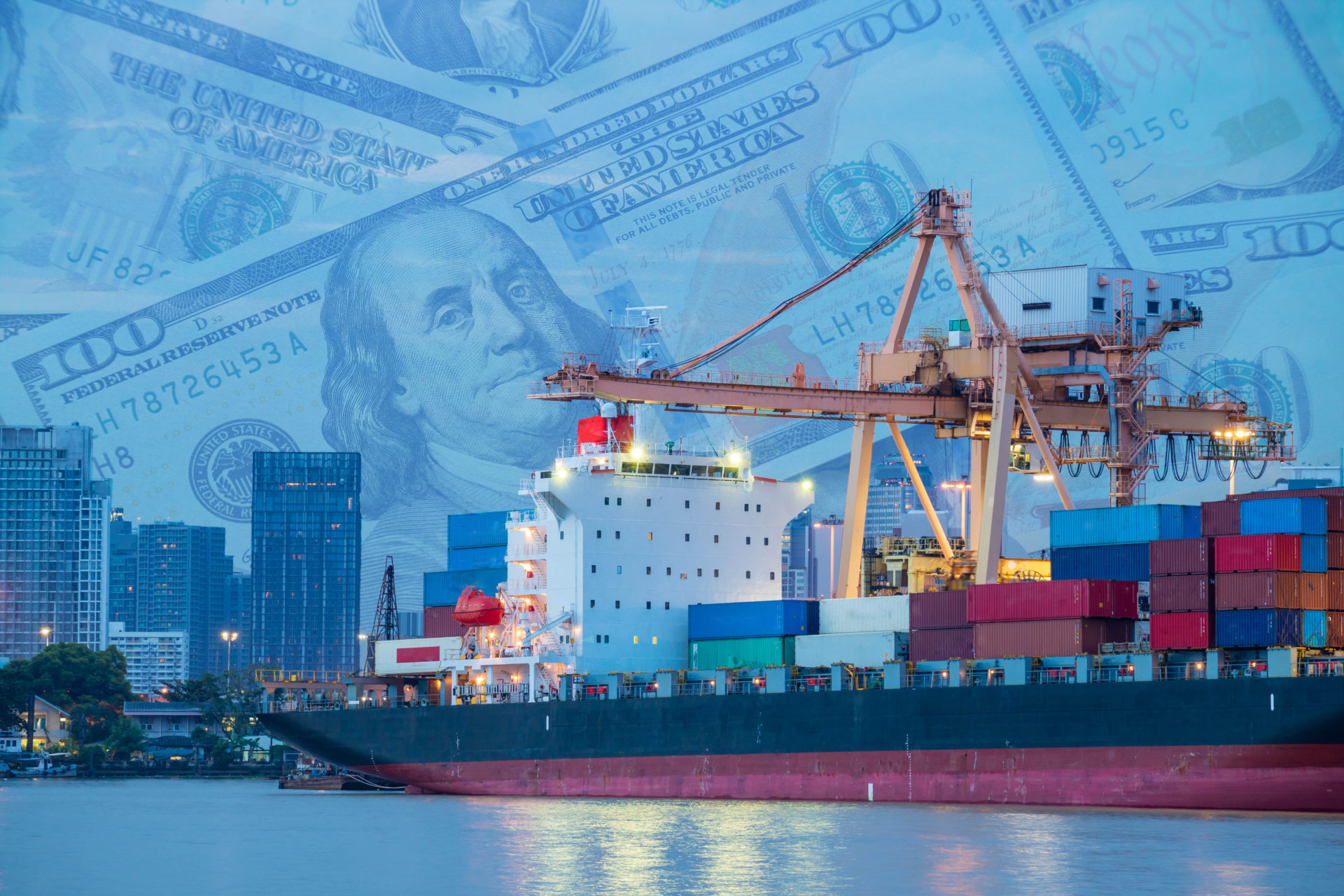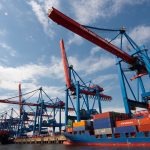What Does International Shipping Look Like for Importers Right Now?
Importers, and shippers in general, had a rough couple of years when it came to international shipping after the pandemic hit. But the landscape, or ocean-scape, looks quite different now. Unfortunately, economic downturn is a large reason international shipping conditions have improved for importers. However, let’s focus on the positive. Right now, conditions for importing are better than they’ve been in some time.
Freight Rates Down
I wasn’t going to start here, but freight rates tend to be top on the list of things shippers want to know about. Who can blame them? A business needs to know its costs in order to be successful. And there was a point over the last couple years when ocean freight rates had skyrocketed to more than 500% pre-pandemic shipping prices. Over the last year, freight rates have been coming back down.

There have been stalls in the decline where rates held fairly steady for a bit as well as blips of increases, but the overall trajectory this year has been downward. Even during the traditionally freight-rate-increased peak season, which ended up being rather muted this year, freight rates were coming back down to earth instead of rising. Here are a few posts where we looked at freight rates from the time period surrounding this year’s would-be peak season:
Freight Rates Falling – But How Far & How Long?
What’s Actually Happening with Freight Rates Right Now
Freight Rates Down, Blank Sailings Up, Inflation – Yikes
Ocean Imports Drop, Trucking Jobs Plummet, Air Freight Peak Season Disappears
Post peak season, the trajectory of freight rates has not changed.
While ocean freight rates aren’t all the way down to pre-pandemic levels, they have plummeted with no bottom in sight. Many experts think freight rates will bottom out sometime in 2023, possibly even reaching prices below pre-pandemic levels. Such freight rates would be great news for shippers, paying much less to import goods, but would be unsustainable for carriers, which would start seeing losses if rates held that low for a long period of time.
Of course, carriers made billions upon billions over the course of the pandemic as freight rates soared, so they should have a cushion to handle such a period, should freight rates get stuck in the unprofitable zone for shipping lines. Even before rates get that low, what we’ve been seeing is a relief for shippers.
Just over a week ago, Greg Miller, in a FreightWaves article, compiled numbers from different freight rate indexes, showing the kind of pricing decline importers have been seeing in international shipping this year:
The pace of spot-rate declines did slow in some trade lanes in October versus August and September. However, rate losses picked up again in many lanes in November, causing global averages to fall further….
…
Different spot-rate indexes provide different numbers but show the same downward trend.
The weekly Drewry World Container Index shows a 78% decline in the global composite rate between Sept. 16, 2021, and Thursday. Drewry’s Shanghai-Los Angeles index fell 84% over that period and its Shanghai-New York index dropped 73%.
The Drewry rate assessments show a gradual decline in the first half of this year, followed by a more precipitous fall starting in August. Despite the huge drop from last year’s record peak, the global index is still 61% higher than the 2019 average, pre-pandemic.
The article is a good read for people who enjoy data and would be hard to be seen as anything but good news for shippers when considering the freight rate front.
Volume Down
A large reason for the decrease in shipping rates is a decrease in freight volume, which represents the demand side of the international shipping industry.
Right now, many reports describe freight volumes as plummeting. Let’s stick with Miller, as he’s often data-driven in his articles. Yesterday, he wrote in a FreightWaves article:
Descartes reported Monday that 1,954,179 twenty-foot equivalent units of containerized cargo were imported in November. That’s down 12% month on month (m/m) and 19.4% year on year (y/y). It’s only 2.8% higher than imports in November 2019, pre-COVID, and down 37% from the May peak.
Imports typically decline in November versus October — but not by this much. This year’s m/m November drop is the steepest recorded by Descartes since 2016.
Volumes, according to the article, are getting close to pre-COVID levels, “before the pandemic-induced spending splurge.”
Besides lockdowns and stimuli checks no longer injecting extra spending into the goods markets, inflation and general economic downturn have helped reduce the volume of shipping containers of goods heading to the U.S. This decline in goods helped U.S. ports finally get congestion under control after months upon months upon months of record to near-record volumes that were beyond ports’ ability to handle.
Longer Wait Times on East Coast But Less Predictability on West Coast
For a long time, congestion was a widespread problem but at its worst at the West Coast ports of Los Angeles, Long Beach, and Oakland. Currently, the wait time for ships berthing with goods at East Coast ports is longer than at West Coast ports.
… there continues to be a wide disparity in ship wait time between the coasts. West Coast ports are under much less pressure, with much shorter wait times.
According to Descartes data, the average wait times at the top five West Coast ports in November was 6.94 days, down 15% m/m and less than half the peak wait times recorded in February.
The average wait time at the top five ports on the East and Gulf coasts was 9.96 days, down 6% m/m and 29% from the February peak. This is still 44% higher than the West Coast average, underscoring how far some ports remain from pre-COVID normalcy.
Volume has declined lately at West, East, and Gulf Coast ports, but shippers are still diverting a good portion of freight from the West Coast to East and Gulf Coasts because of the uncertainty ILWU contract negotiations create at the West Coast ones.
West Coast ports have managed to clear the queues of ships waiting at anchor to berth, but there is still less predictability at these ports. Contract negotiations between the International Longshore & Warehouse Union (ILWU) and Pacific Maritime Association (PMA) remain stalled, and much labor disruption has been seen at the ports over the course of negotiations.
Air Freight Loses Market Share to Ocean Freight
When ocean freight rates soared to record rates, it gave shippers incentive to do more importing and exporting through air. After all, one of the biggest reasons shippers choose ocean freight over air freight is often price. Now that ocean freight rates are falling, much of the market share air freight gained is now returning to ocean freight.
Alex Lennane reported on this in the Loadstar.
Much like demand reduction put downward pressure on ocean freight rates, shrinking demand in air freight right now is causing air freight pricing to drop. That makes right now a good time for shippers who need faster, more agile importing of goods to utilize air freight.
Still, those who want to import in greater volume and do not need the speed air freight brings will likely be better served by the ocean freight sector.





